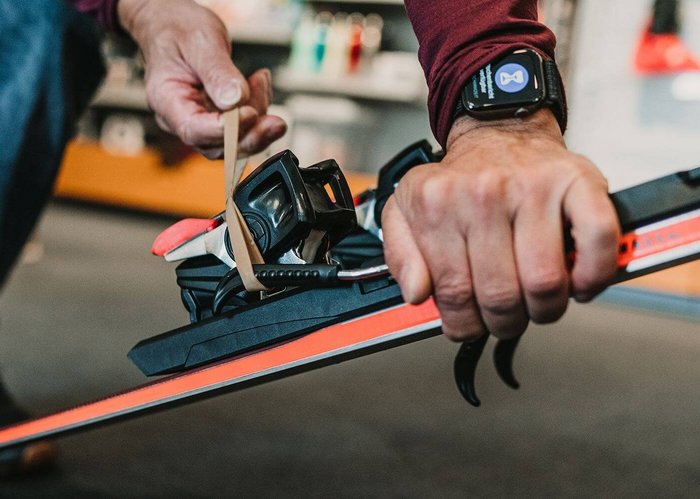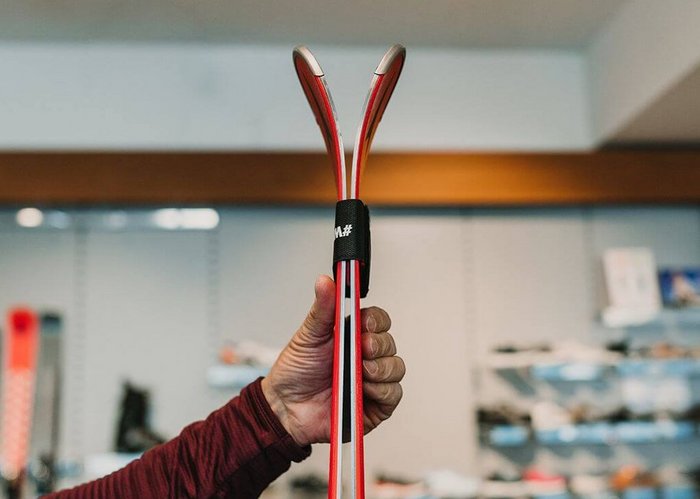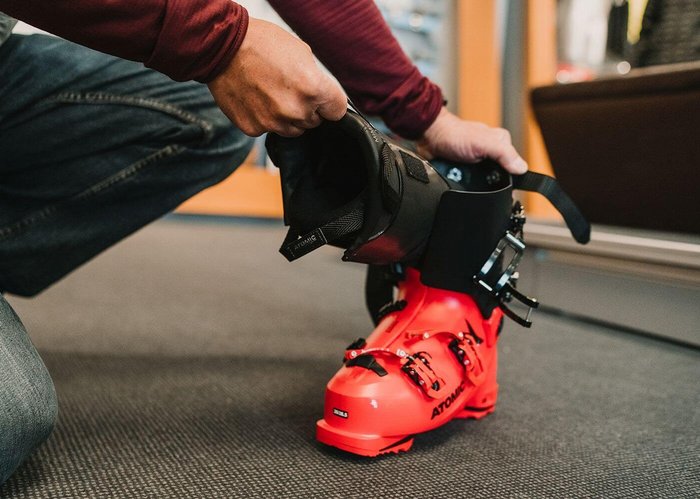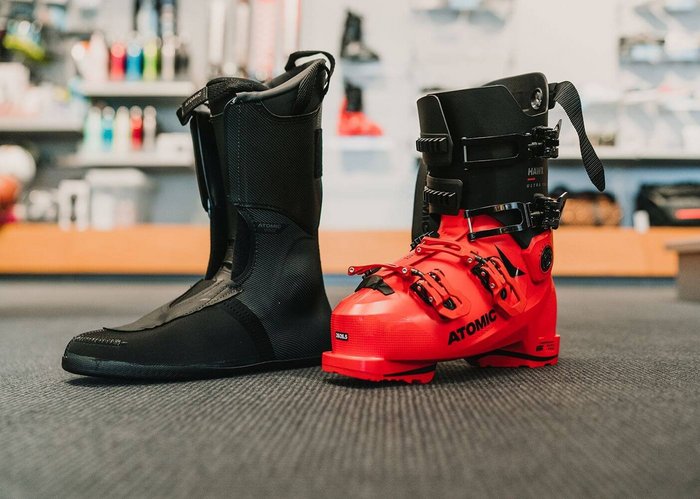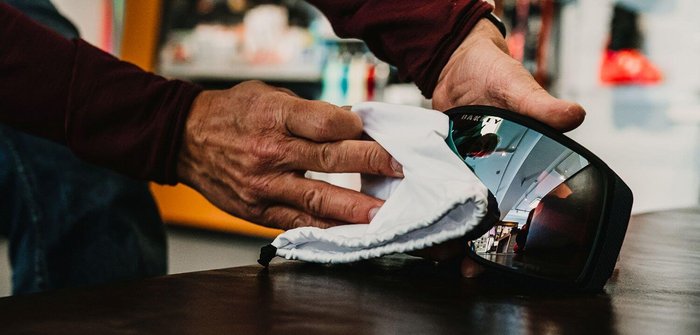It feels like it was yesterday: with burning thighs, a skier’s tan and a wide grin on your face have you finished the ski season – maybe even at the ski resort Bad Kleinkirchheim?
After covering countless kilometres on the slopes, your skis also deserve a few months of summer break. But what is there to consider before storing them in the basement? We have asked the professionals at Intersport Gruber in Bad Kleinkirchheim and collected some interesting tipps for you.
First things first: Clean your skis, remove any dirt, and wipe them dry with a cloth. However, you should be doing this after every ski day anyway. Your edges will thank you, as it’ll help avoid the formation of rust.
Wellness for your skis.
Give your skis a thorough servicing at your favourite sports shop. Let the technicians on site know that you’ll be storing them until next season. After all, a ski service for summer is a little different than your normal winter ski service.
Fluoride-free wax is used to prevent the base of your skis from drying out over the summer. This substance will stay on until the beginning of the next ski season as it forms an additional protective layer for the base and edges..
Of course, you can give the service a try yourself. Please note the following steps:
- Remove any dirt or rust from the base of your skis.
- File the edges.
- Hit any stones skiing off-piste? If so, then be sure to fill in any chips or dents.
- Warm-up: First, use a special waxing iron (approx. 130°C) and wax your skis with base wax.Then, remove the film from the wax with a scraper. Be careful not to brush it off as the excess wax will remain on the ski surface over the summer.
- Cool-Down: Let the skis cool down for about two hours after waxing.
Proper storage techniques.
Firstly, use a rubber band to hold the ski brakes to the sides. Otherwise, they will be hooked into each other and pressed tightly together for many weeks. This creates pressure that can adversely affect the ski’s flex tension.
Now you can either store the skis next to one another against a wall or strap them together. For additional protection of the edges and bases, we recommend using straps with neoprene strips that you clamp between the skis at the front and back.
Store your skis in a cool and dark place, but make sure it’s not too cold. A dry basement room is ideal. Also, avoid leaving your skis in the ski bag. Depending on the conditions inside the storage room, moisture could build up, causing your edges to rust.
Bye bye stinky feet.
Your ski boots have endured many sweaty hours in the course of this season. Now, they’re more than ready for a bit of extra care.
Remove the ski-boot liner and let it air out. To avoid the development of unpleasantly smelling bacteria you can use an antibacterial spray deodorant. Then wipe down the outer shell with a cloth and use some clean water to remove any leftover dirt from your final day of spring skiing. Let everything dry well before putting the ski-boot liner back into its boot shell.
To ensure that the ski boot doesn’t pinch or cause any discomfort in the upcoming season, you should close the buckles loosely. This allows the boot to retain its shape and you to have fun on your first ski day.
Safety first!
Don't forget your ski poles! Wipe them down with a damp cloth and let them air dry thoroughly. This prevents the development of rust. Also, check the tips, baskets and straps for any defects.
It’s also worthwhile to give your helmet a check-up from time to time. If you’ve had a serious fall, you should replace your helmet immediately. Even small cracks in the material may cause your helmet to no longer provide you with proper protection.
For a clear view on the slopes make sure to clean your goggles. Be gentle when wiping them down with a microfibre cloth and avoid applying pressure to the glass surface. If the inside of your lens is damp, allow it to dry thoroughly. Wiping down the goggles too vigorously could result in removing the anti-fog coating.
Last but not least: store your skiwear properly.
Resist the temptation to put all your ski clothing into the washing machine. Functional clothing should generally be washed as infrequently as possible. Allowing things to dry out properly is often sufficient and protects the materials.
If soiled, use special detergents and wash your clothes on a gentle cycle. But: Do not use fabric softener! After washing, you should also renew the material’s waterproofing impregnation so that your clothes continue to keep you dry and warm.
All done? Great! You can now sit back, enjoy the warm rays of the sun and dream of your next ski adventures at the ski resort Bad Kleinkirchheim.


